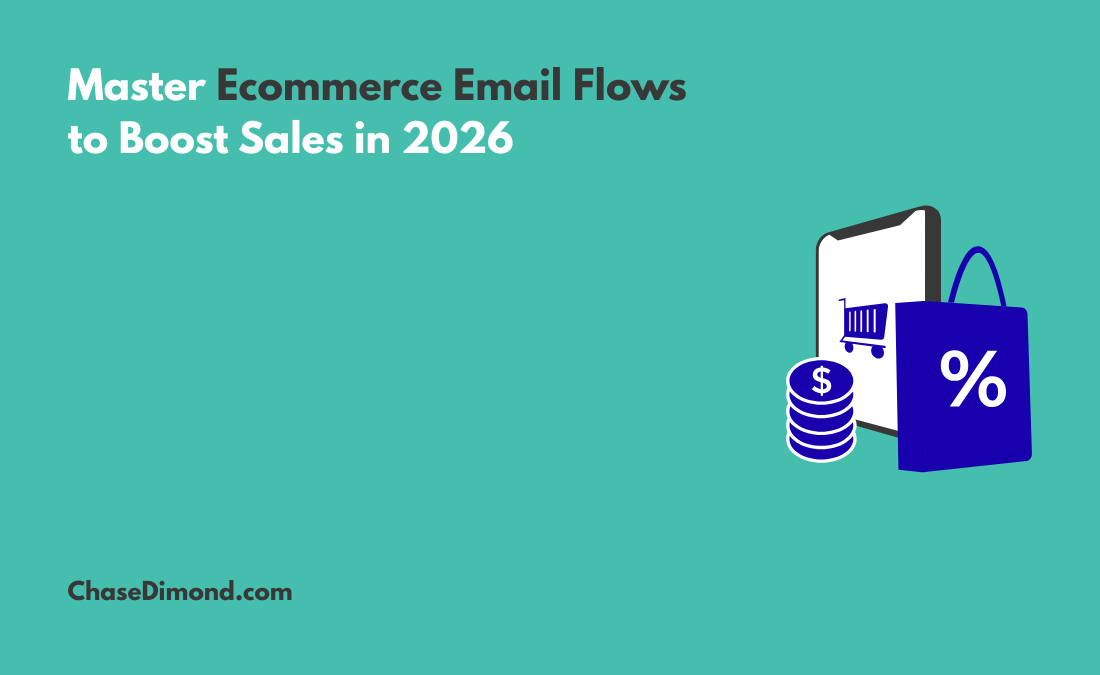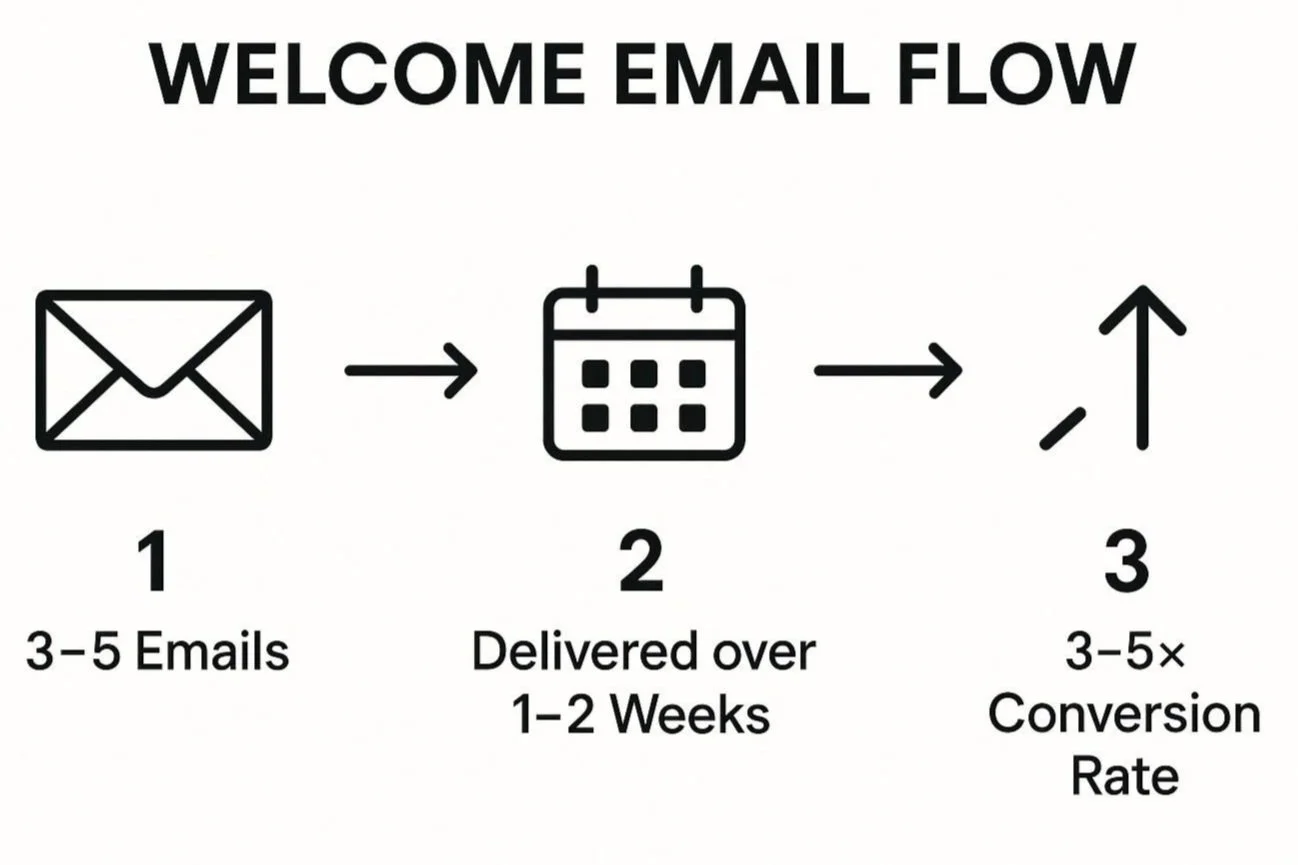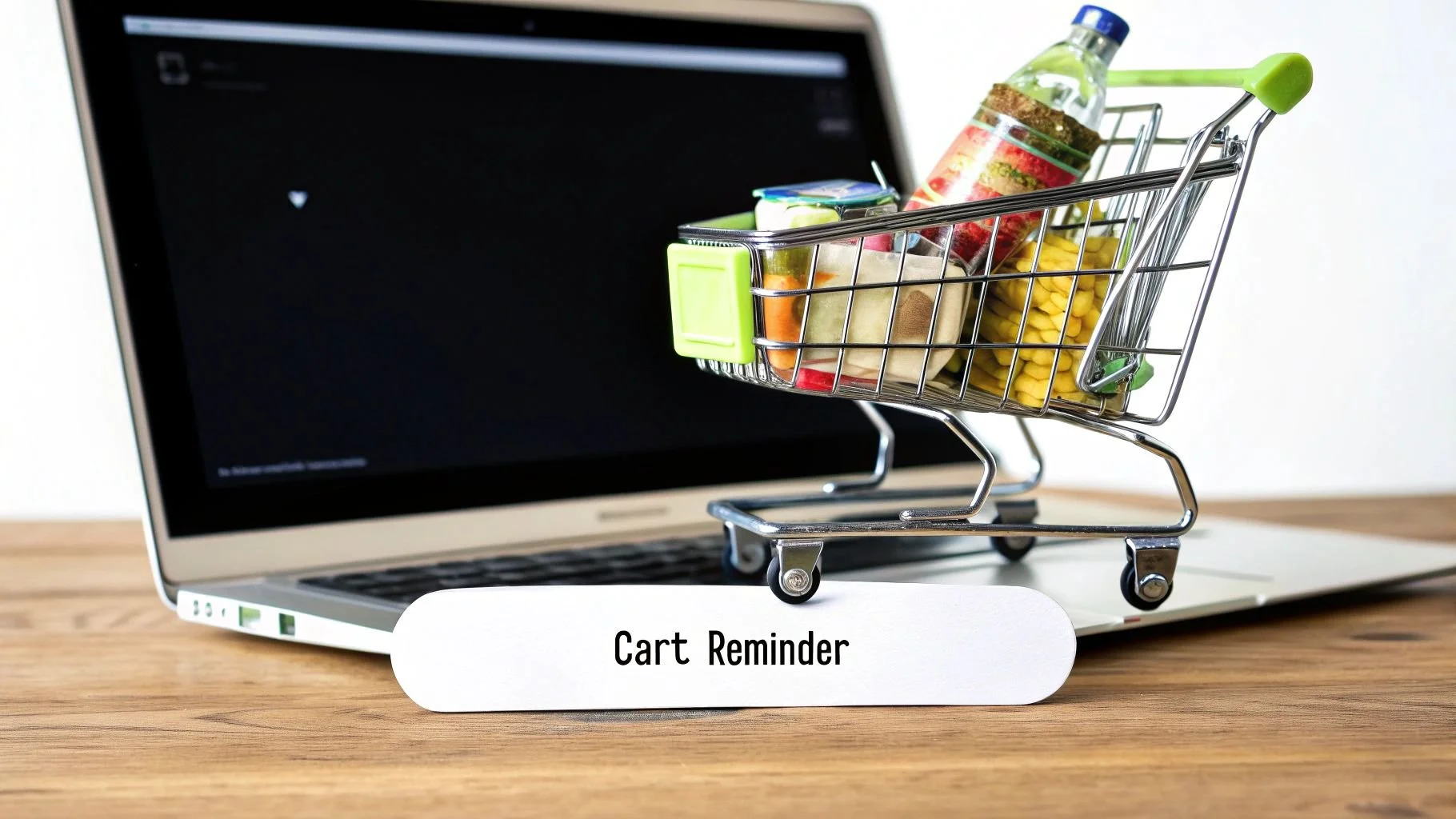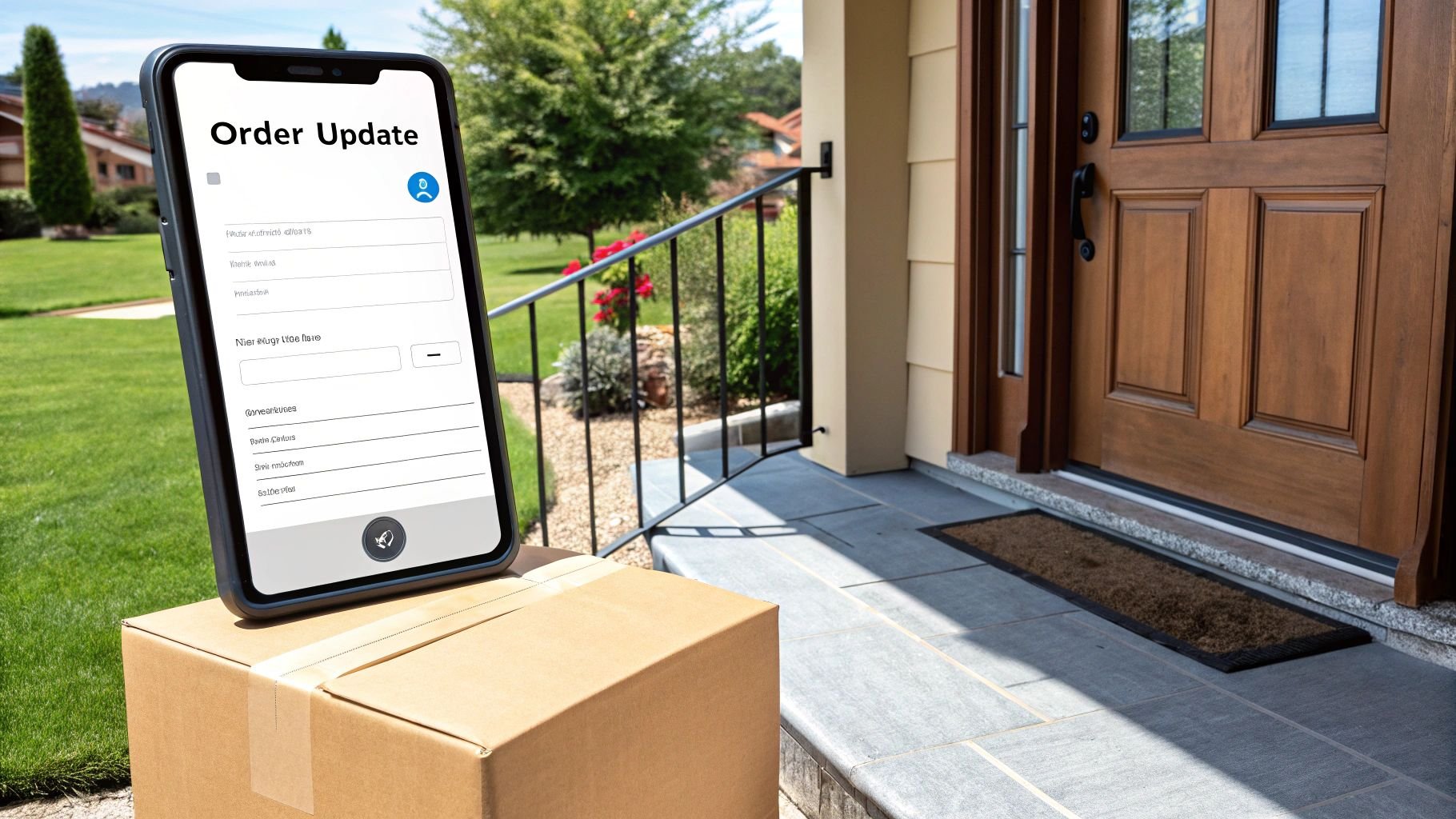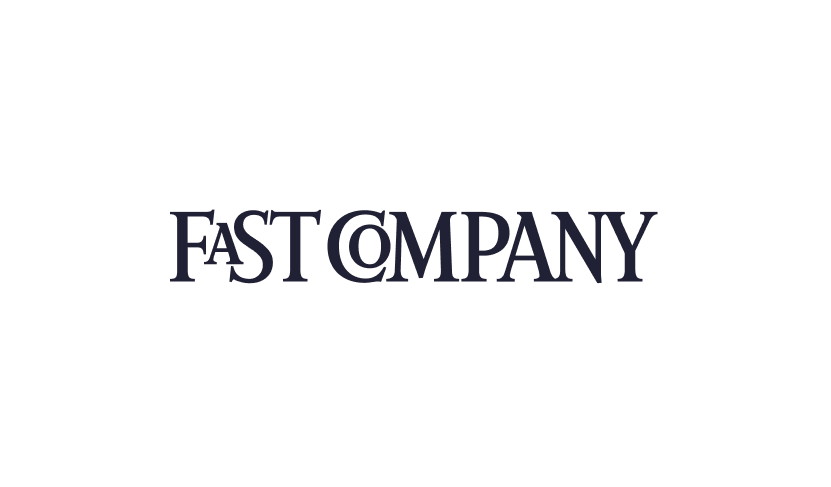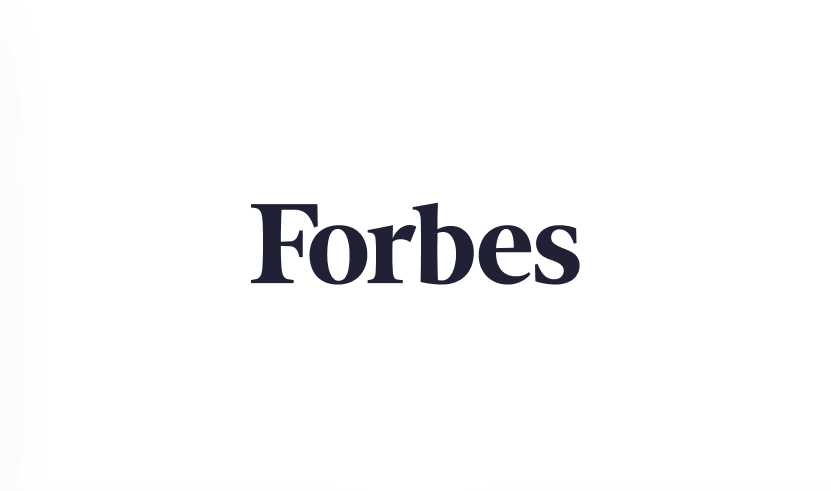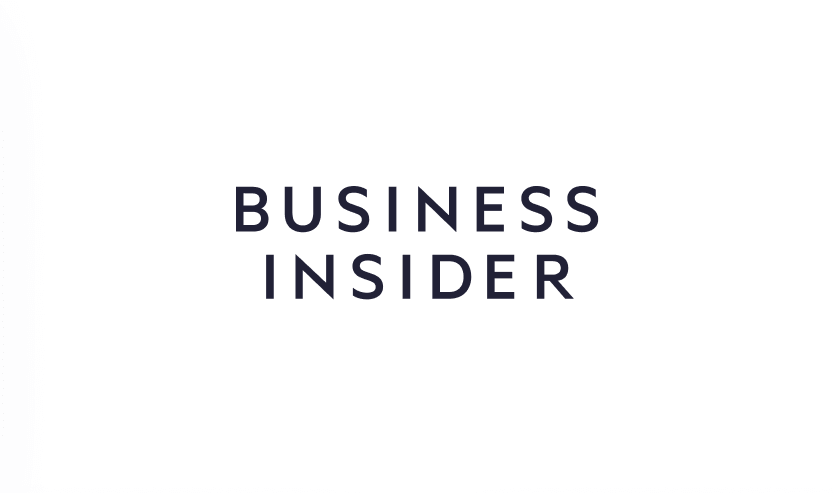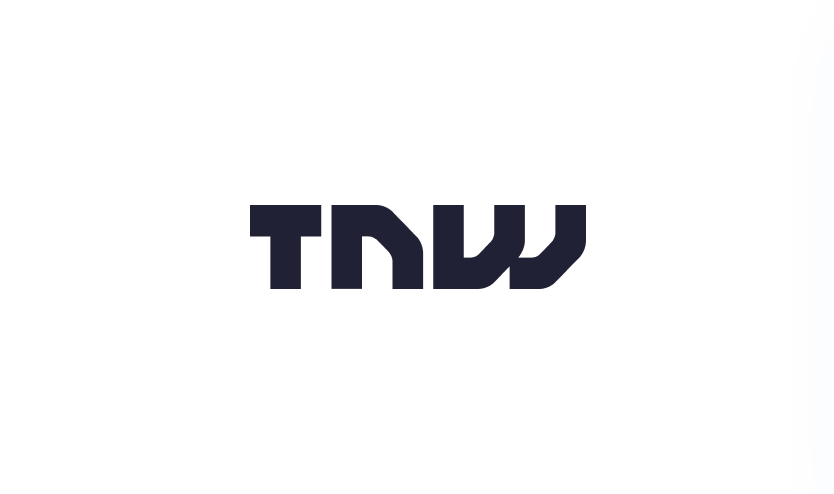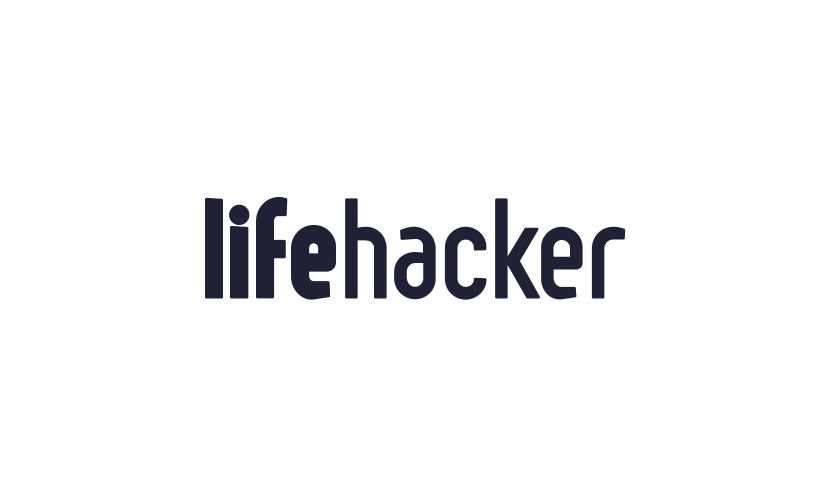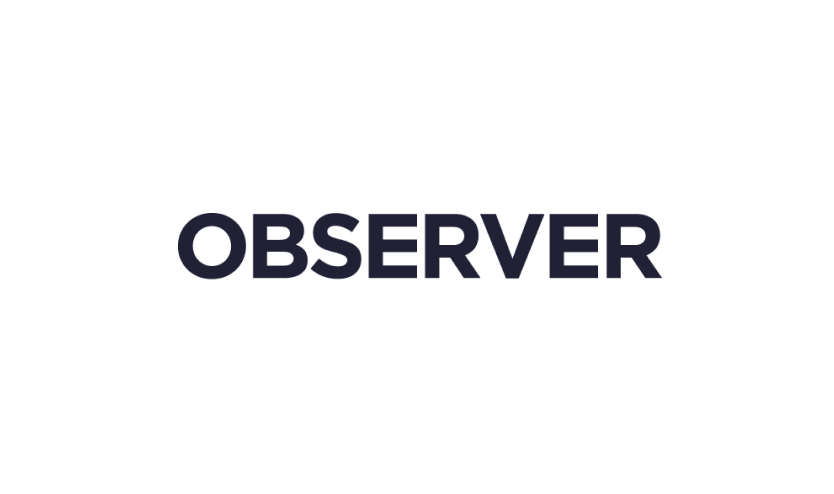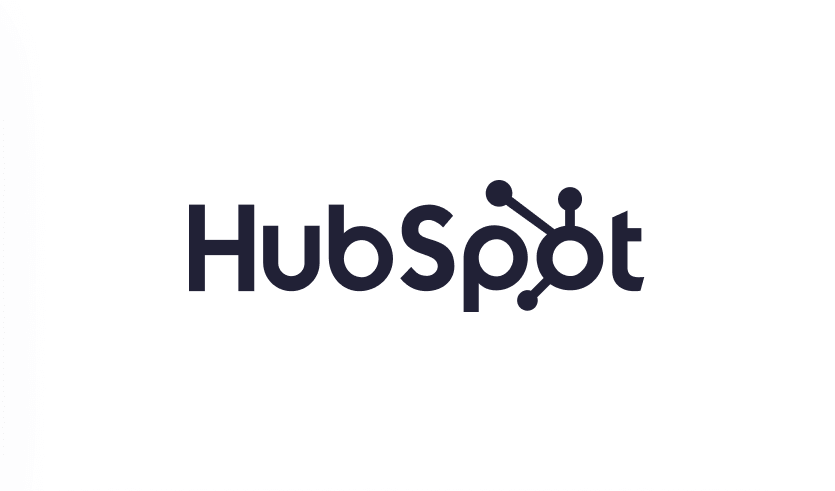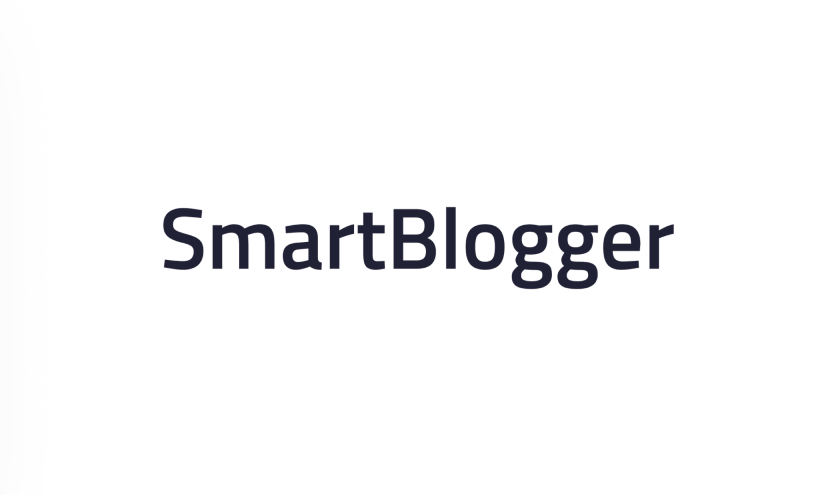Master Ecommerce Email Flows to Boost Sales in 2025
Want to boost your ecommerce revenue with email? This listicle reveals six essential ecommerce email flows that engage customers and drive sales. Learn how automated sequences, triggered by specific actions, deliver timely messages to nurture leads and maximize conversions. We'll cover welcome emails, abandoned cart recovery, post-purchase engagement, browse abandonment reminders, customer win-back campaigns, and product review requests. Master these ecommerce email flows to create a personalized customer journey and watch your sales soar.
1. Welcome Email Flow
A Welcome Email Flow is a crucial component of effective ecommerce email flows, acting as a virtual handshake with new subscribers and customers. This automated series of emails, typically 3-5 messages sent over 1-2 weeks, is triggered when someone joins your email list or creates an account on your website. It serves as the initial introduction to your brand, setting the tone for future interactions and laying the foundation for a strong customer relationship. This flow progressively introduces new subscribers to your products, values, and unique selling propositions, gently guiding them toward their first purchase.
The infographic above visualizes the typical flow of a welcome email series, starting with an immediate welcome email offering a discount, followed by brand storytelling, product showcases, and finally, a reminder to use the discount. This phased approach nurtures leads and encourages conversions.
The welcome email flow works by utilizing automated triggers based on subscription or account creation. It leverages segmentation, allowing you to tailor messaging based on the signup source (e.g., a specific lead magnet) or observed customer behavior. A key feature is the progressive disclosure of information. Rather than overwhelming new subscribers with everything at once, the flow strategically delivers content in digestible chunks, building interest and engagement over time.
Why the Welcome Email Flow Deserves Its Place:
This flow holds a prime spot in the ecommerce email flows hierarchy due to its high impact on early customer engagement and conversion. It capitalizes on the initial enthusiasm of new subscribers, making it highly effective at turning them into paying customers. The personalized nature of the flow, when implemented correctly, fosters trust and establishes a positive brand image from the outset.
Features and Benefits:
Automated Engagement: Triggers automatically upon subscription or account creation.
Progressive Onboarding: Gradually introduces brand and product information.
Incentivized Conversion: Often features discounts or other incentives to encourage first purchases.
Segmented Targeting: Allows for personalized messaging based on signup source.
Enhanced Brand Building: Establishes brand identity and values early in the customer journey.
Pros:
High open rates (typically 40-60%).
Effective at converting subscribers to first-time buyers.
Builds brand awareness and trust early on.
Sets a positive tone for the customer relationship.
Creates immediate engagement with new subscribers.
Cons:
Can become generic if not personalized.
Effectiveness diminishes over time if not refreshed.
Risk of overwhelming subscribers if too frequent.
Requires testing and optimization.
Examples of Successful Implementation:
Casper: Gradually introduces their mattress technology and sleep philosophy.
Sephora: Explains Beauty Insider membership benefits and highlights top products.
Everlane: Focuses on transparency, showcasing their ethical manufacturing processes.
Actionable Tips:
Start Strong: Keep the first email simple, with a clear call-to-action.
Build Social Proof: Include user-generated content.
Test Incentives: Experiment with different offers for first purchases.
Tell Your Story: Incorporate brand story elements throughout the sequence.
Introduce Products Gradually: Avoid overwhelming new subscribers with too many options.
When and Why to Use a Welcome Email Flow:
Use a welcome email flow immediately upon launching your ecommerce store or email marketing efforts. It’s essential for maximizing the value of every new subscriber and cultivating a loyal customer base. Learn more about using email to build a following. This approach is crucial for establishing a strong first impression, educating new subscribers about your brand, and guiding them towards becoming valuable customers.
2. Abandoned Cart Recovery Flow
One of the most effective ecommerce email flows is the Abandoned Cart Recovery Flow. This automated sequence targets shoppers who add products to their online shopping cart but leave the website without completing the purchase. It serves as a gentle reminder, re-engaging potential customers and encouraging them to return and finalize their order. This flow works by triggering a series of emails when a cart is abandoned, showcasing the selected items with images and details, and often sweetening the deal with incentives like discounts or free shipping to overcome purchase hesitation. This flow is a crucial component of any successful ecommerce email marketing strategy.
A typical Abandoned Cart Recovery Flow consists of three emails sent over 24-72 hours. The first email, usually sent within 1-3 hours of abandonment, acts as a friendly reminder. Subsequent emails might highlight product benefits, customer testimonials, or offer a limited-time discount. Personalization based on cart contents and value is key, making the customer feel valued and understood. This personalized approach contributes significantly to the effectiveness of the Abandoned Cart email flow within the broader context of ecommerce email flows.
Examples of Successful Implementation:
Adidas: Sends a three-part series. The first email is a simple reminder, the second highlights product benefits, and the third offers a time-limited discount.
Beardbrand: Focuses on education and brand storytelling rather than discounting, reinforcing their value proposition.
Bonobos: Employs a humorous approach with clever subject lines and engaging copy, making the reminder lighthearted.
Tips for Optimizing Your Abandoned Cart Recovery Flow:
Timing is Key: Send the first reminder within 1-3 hours of abandonment. Test different timings between subsequent emails for optimal performance.
Visual Reminders: Include high-quality product images and direct links back to the customer's cart for a seamless checkout experience.
Address Objections: Preemptively address common concerns like shipping costs, return policies, and security concerns within the email flow.
Segmented Incentives: Consider segmenting customers based on cart value and offering different incentive strategies. High-value carts might receive free shipping, while lower-value carts could be offered a percentage discount.
Test and Refine: Continuously A/B test different elements of your flow, such as subject lines, email copy, and incentive offers to maximize conversion rates.
Pros of Using Abandoned Cart Recovery Flows:
Revenue Recovery: Directly targets potentially lost sales and recovers revenue that would otherwise be left on the table.
High ROI: Abandoned cart emails boast a high return on investment compared to other email marketing efforts.
Addresses Immediate Purchase Intent: Capitalizes on the customer's existing interest in the products, increasing the likelihood of conversion.
Easy to Measure: Effectiveness is easily measurable through conversion tracking, allowing for data-driven optimization.
Customer Support Integration: Can incorporate customer support links or options to address specific customer objections.
Cons of Using Abandoned Cart Recovery Flows:
Intrusiveness: Can feel intrusive if poorly timed or excessively frequent.
Discount Dependence: Over-reliance on discounts may train customers to abandon carts intentionally in anticipation of a price reduction.
Integration Requirements: Requires careful integration with your ecommerce platform and checkout system.
Product Category Limitations: May be less effective for certain product categories, such as very low-cost items or highly considered purchases.
The Abandoned Cart Recovery Flow deserves its place on this list of essential ecommerce email flows due to its proven ability to recapture lost revenue and boost sales. Its effectiveness, ease of implementation, and measurable results make it a must-have for any online business seeking to optimize their email marketing strategy. Popularized by platforms like Shopify Plus and highlighted in benchmark reports by companies like Klaviyo, the abandoned cart recovery flow has become a staple for ecommerce optimization experts like Ezra Firestone.
3. Post-Purchase Flow
A Post-Purchase Flow is a crucial element of effective ecommerce email flows, automating a sequence of emails triggered immediately after a customer completes an order. This flow goes beyond simple order confirmations; it's designed to enhance the entire customer experience, build excitement for the arrival of their purchase, reduce potential buyer's remorse, guide them on product usage, and ultimately, encourage reviews, referrals, and repeat business. It's about nurturing the customer relationship during that critical period between clicking "buy" and receiving their product, solidifying their connection with your brand.
A typical Post-Purchase Flow consists of a series of 4-7 emails, strategically timed across the delivery timeline and beyond. These emails encompass a range of content, including order confirmations, shipping updates, educational material about product usage and care, timely requests for reviews after product receipt, personalized cross-sell and upsell recommendations, and invitations to join referral programs. This multifaceted approach maximizes the potential of each customer interaction.
This flow deserves its place in any ecommerce email strategy because it tackles several key challenges. It reduces the burden on customer service by proactively providing order and shipping information. Furthermore, by offering valuable product education, it increases customer satisfaction and reduces the likelihood of returns. Perhaps most importantly, it transforms the post-purchase period into a powerful engine for generating valuable user-generated content like reviews, fostering brand loyalty, and driving additional sales through targeted product recommendations. Learn more about Post-Purchase Flow to understand its potential.
Features of a Successful Post-Purchase Flow:
Order and Shipping Confirmation: Provides peace of mind and manages expectations.
Product Education: Guides customers on how to use and care for their purchase, maximizing its value.
Review Requests: Solicits valuable social proof and feedback.
Cross-sell/Upsell Recommendations: Introduces customers to complementary or upgraded products.
Referral Program Invitations: Leverages satisfied customers to acquire new ones.
Pros:
Reduces customer service inquiries about orders.
Increases product satisfaction through education.
Generates valuable reviews and user-generated content.
Creates opportunities for additional sales.
Builds loyalty during the 'honeymoon phase'.
Cons:
Requires coordination with fulfillment systems.
Can feel excessive if not properly spaced and personalized.
Needs to account for delivery delays or issues.
Effectiveness can vary by product category and price point.
Examples of Effective Post-Purchase Flows:
Glossier: Incorporates user-generated content and application tips into their post-purchase communications.
Away: Sends travel tips and packing guides after luggage purchases, adding value beyond the product itself.
Warby Parker: Offers an educational series on eyewear care and adjustment, enhancing customer satisfaction and product longevity.
Tips for Optimizing your Post-Purchase Flow for Ecommerce Email Flows:
Timing is Key: Space emails according to the expected delivery timeline, creating anticipation without overwhelming the customer.
Product-Specific Content: Include detailed product care and usage instructions relevant to the customer’s purchase.
Strategic Review Requests: Time review requests to coincide with the period when customers are most likely experiencing peak satisfaction with their product.
Segmentation: Segment your post-purchase flow based on purchase value and product category to personalize the experience further.
Dynamic Content: Use dynamic content to showcase complementary products or services relevant to their original purchase.
The Post-Purchase Flow has been popularized by Shopify's post-purchase apps and is a staple for Direct-to-Consumer (DTC) brands focused on building lasting customer relationships. Leading email marketing platforms like Omnisend and Klaviyo also provide robust tools for creating and managing sophisticated post-purchase email sequences. By strategically implementing these tips and understanding the key features of a successful flow, businesses can leverage the power of post-purchase communication to boost customer lifetime value and drive significant revenue growth.
4. Browse Abandonment Flow
The Browse Abandonment Flow is a crucial component of effective ecommerce email flows, deserving its place on this list due to its ability to recapture potentially lost sales and engage customers early in the buying journey. It targets visitors who have demonstrated clear product interest by viewing specific items on your website but then left without adding those items to their cart or making a purchase. This flow re-engages these potential customers by reminding them of the products they viewed and providing additional information or incentives to encourage them to complete their purchase.
How it Works:
Browse Abandonment Flows are triggered by tracking website browsing behavior. When a visitor views a product page but doesn't add the item to their cart and subsequently leaves the site, the flow is initiated. This typically involves a sequence of 2-3 emails sent over a 48-72 hour period. These emails are personalized, showcasing the specific products the visitor viewed, along with related product recommendations.
Features and Benefits:
Triggered by product page views: Captures interest earlier in the purchase funnel than cart abandonment, allowing you to connect with potential customers before they've even expressed a firm purchase intent.
Personalized product recommendations: Tailors the messaging to each individual's browsing history, increasing relevance and engagement.
Social proof integration: Often includes elements like customer reviews and ratings for the viewed products, leveraging social proof to build trust and encourage conversions.
Price drop alerts: Can incorporate notifications if the price of a viewed item decreases, providing an added incentive to purchase.
Product education opportunities: Allows you to provide more information about the product's features, benefits, and uses, addressing potential hesitations and further solidifying interest.
Learn more about an unique Abandonment Flow here
Examples of Successful Implementation:
Wayfair: Sends browse abandonment emails featuring styled room photos incorporating the furniture the visitor viewed, providing inspiration and demonstrating how the product could fit into their home.
Sephora: Focuses their emails on the specific products viewed, showcasing customer reviews, ratings, and related beauty items.
Crate & Barrel: Takes a complementary approach, suggesting items that pair well with the products browsed, encouraging larger purchases.
Actionable Tips for Implementation:
High-Quality Imagery: Include strong product imagery that highlights key features and benefits.
Customer Reviews: Add customer reviews specific to the viewed products to leverage social proof.
Timing Optimization: Test different timing sequences based on your average product price point and customer behavior. Luxury items might benefit from a longer sequence than lower-priced goods.
Segmentation: Segment your audience based on browse depth and time spent on product pages to further personalize messaging. Someone who spent a significant amount of time on a product page is likely more interested than someone who quickly glanced at it.
Progressive Intensity: Start with a gentle reminder in the first email and gradually increase the incentive in subsequent emails. A discount offer or free shipping might be effective in later stages of the flow.
Pros and Cons:
Pros:
Captures interest earlier in the purchase funnel.
Personalizes outreach based on demonstrated interest.
Can recover sales from passive browsers.
Provides opportunity for product education.
Generally higher engagement than generic promotional emails.
Cons:
Requires sophisticated tracking capabilities.
Can feel intrusive if messaging isn't carefully crafted.
Lower conversion rate than cart abandonment flows (due to being earlier in the funnel).
Higher volume can lead to subscriber fatigue if not managed carefully.
When and Why to Use This Approach:
Browse Abandonment Flows are particularly effective for ecommerce businesses with large product catalogs and a diverse customer base. They are a powerful tool for re-engaging potential customers who have shown interest but haven't yet committed to a purchase. By leveraging personalization, social proof, and timely incentives, these flows can significantly boost conversions and contribute to overall revenue growth. This approach plays a key role in optimizing your ecommerce email flows and maximizing your return on investment in email marketing.
5. Customer Win-Back Flow
A crucial component of any effective ecommerce email flows strategy is the Customer Win-Back Flow. This automated sequence targets customers who haven't purchased from your store within a specific timeframe, typically ranging from 60 to 180 days depending on your average purchase cycle and product category. The primary goal is to re-engage these dormant customers, reignite their interest in your brand, and ultimately encourage them to make another purchase. This flow deserves its place in the list because it focuses on reactivating existing customers, which is often more cost-effective and yields higher conversion rates than acquiring new ones.
How it Works:
The Win-Back Flow is triggered when a customer's inactivity surpasses a pre-defined threshold. The flow typically consists of 3-5 emails sent over 1-3 weeks, with each email escalating the incentive to purchase. These emails are personalized based on the customer's previous purchase history and may showcase new products, highlight relevant updates, or simply remind them of the value your brand provides.
Features and Benefits:
Triggered automation: Automatically sends emails based on customer inactivity.
Personalization: Tailors content based on past purchases and preferences.
Escalating incentives: Offers progressively better deals to entice re-engagement (e.g., free shipping, percentage discounts, gift with purchase).
Product updates and recommendations: Showcases new arrivals or relevant items based on past browsing and purchase history.
Feedback mechanism: Includes opportunities for customers to provide feedback on why they stopped purchasing.
Pros:
Reactivates dormant revenue: Brings back lost customers and generates revenue from a previously untapped segment.
Lower acquisition cost: Re-engaging existing customers is significantly cheaper than acquiring new ones.
Higher conversion potential: Win-back targets are already familiar with your brand and have a demonstrated interest in your products.
Gathers valuable feedback: Provides insights into churn reasons and areas for improvement.
Showcases brand evolution: Highlights new products, features, and improvements made since the customer's last purchase.
Cons:
Incentive reliance: May require significant discounts or offers to overcome customer inertia.
Risk of re-engaging one-time buyers: Could attract customers primarily interested in discounts, not long-term loyalty.
Segmentation is key: Requires careful segmentation to avoid annoying active customers.
Decreased effectiveness over time: The longer a customer has been inactive, the less likely they are to return.
Examples of Successful Implementation:
Grubhub: Offers progressively better deals, culminating in free delivery, to entice lapsed users back to the platform.
Stitch Fix: Sends re-engagement emails highlighting style profile updates and new inventory tailored to individual preferences.
Dollar Shave Club: Uses humorous win-back campaigns reminding subscribers of what they're missing.
Actionable Tips for Ecommerce Email Flows - Customer Win-Back:
Segment your audience: Divide your win-back audience based on Recency, Frequency, and Monetary Value (RFM) to tailor messaging and offers.
Test different incentive types: Experiment with percentage discounts, free shipping, gifts with purchase, or bundled offers to find what resonates best with your audience.
Personalize product recommendations: Suggest products based on past purchase history and browsing behavior.
Create urgency: Use time-limited offers to encourage immediate action.
Gather feedback: Include a feedback mechanism in your emails to understand why customers left and improve your retention strategy.
When and Why to Use a Win-Back Flow:
Implement a Customer Win-Back Flow when you notice a significant number of inactive customers. This is a proactive approach to recapture lost revenue and strengthen customer relationships. It’s a vital part of a comprehensive ecommerce email flows strategy and contributes significantly to long-term business growth by maximizing customer lifetime value. This flow is particularly effective for subscription-based businesses and retention-focused DTC brands, aligning with the retention marketing methodology popularized by experts like Drew Sanocki.
6. Product Review Request Flow
A Product Review Request Flow is a crucial component of effective ecommerce email flows, designed to systematically gather valuable customer feedback and generate social proof. This automated sequence prompts customers to review products they've purchased, contributing to a richer shopping experience for future buyers. It deserves its place in this list because it directly impacts conversion rates, SEO, and product development, making it a powerful tool for any ecommerce business.
How it Works:
The flow is triggered after a customer makes a purchase, with the timing carefully calibrated based on estimated shipping and delivery times, plus a reasonable period for product usage. This ensures the customer has had ample opportunity to experience the product before being asked for a review. The emails themselves are personalized with product details and images to remind the customer of their specific purchase. Typically, the flow consists of 2-3 emails, starting with a gentle nudge and progressively offering incentives (like discounts or loyalty points) for submitting a review. Many businesses integrate their flow with dedicated review platforms like Yotpo, Trustpilot, or Judge.me, streamlining the review submission process. Some flows also encourage the submission of user-generated content (UGC) like photos and videos, further enhancing social proof. Sophisticated flows can even segment customers based on purchase satisfaction signals, tailoring the messaging and potentially addressing negative experiences proactively.
Examples of Successful Implementation:
Amazon: Known for its streamlined review request emails featuring one-click rating options, making the process incredibly simple for customers.
Chewy: Effectively utilizes personalized photo request emails for pet products, capitalizing on the emotional connection pet owners have with their animals and encouraging engaging UGC.
Allbirds: Integrates its sustainability focus into its review requests, reminding customers of the environmental impact of their purchase and aligning with the brand's values.
Actionable Tips:
Timing is Key: Carefully consider the product's usage timeline. A request to review a coffee mug can be sent sooner than a request to review a mattress.
Simplify the Process: Minimize the steps required to submit a review. Direct links and pre-populated forms are crucial.
Incentivize Participation: Offer small incentives like loyalty points or discounts for detailed reviews, especially for higher-priced items.
Visual Reminders: Include photos of the purchased products in the emails to jog the customer's memory and reinforce their connection to the product.
A/B Test Subject Lines: Subject lines significantly impact open rates. Experiment with different variations to optimize performance.
Segmented Approach: Create separate flows for repeat customers and first-time buyers to tailor the message and avoid repetition.
Pros and Cons:
Pros:
Increased Conversion Rates: Authentic reviews build trust and encourage purchases from potential customers.
Improved SEO: Fresh user-generated content boosts search engine rankings and visibility.
Product Development Feedback: Reviews provide valuable insights for improving existing products and developing new ones.
Identify Unhappy Customers: Negative reviews offer an opportunity to address customer concerns and improve the overall experience.
Authentic Marketing Content: Positive reviews can be repurposed as social media content or website testimonials.
Cons:
Risk of Negative Reviews: If the product experience is poor, negative reviews can be detrimental.
Timing Challenges: Finding the optimal timing requires careful consideration and potentially testing.
Repetitive Emails: Frequent customers may find review requests annoying if not managed properly.
Incentive Dependence: Over-reliance on incentives can lead to less authentic reviews.
When and Why to Use This Approach:
A Product Review Request Flow is essential for any ecommerce business aiming to leverage social proof, gather product feedback, and improve customer satisfaction. It is particularly beneficial for businesses selling products with longer usage cycles, where authentic reviews hold significant weight. By implementing this flow strategically, you can build trust with potential customers, optimize your product offerings, and drive sales growth. This approach is valuable for businesses of all sizes, from startups to established brands.
Ecommerce Email Flows Comparison
Take Action: Implement These Flows Today
This article has explored six essential ecommerce email flows: the welcome series, abandoned cart recovery, post-purchase follow-up, browse abandonment reminders, customer win-back campaigns, and product review requests. Mastering these core ecommerce email flows is crucial for maximizing your revenue and cultivating stronger customer relationships. By automating these sequences, you're not just sending emails; you're building personalized journeys that resonate with your audience at every stage of their buying cycle. These automated touchpoints nurture leads, recover lost sales, and transform one-time buyers into loyal advocates. The impact on your bottom line and overall brand growth can be substantial.
Implementing these ecommerce email flows doesn't have to be overwhelming. Start small, focus on one flow at a time, and iterate based on your results. Remember, even small improvements in your email strategy can lead to significant gains. The key takeaway here is that strategic, automated ecommerce email flows are no longer a luxury—they're a necessity for any online business looking to thrive.
Ready to take your ecommerce email flows to the next level and unlock exponential growth?
Chase Dimond specializes in helping ecommerce brands optimize their email marketing strategies for maximum impact.
Visit Chase Dimond today to discover how his expertise can transform your email performance and drive revenue.
